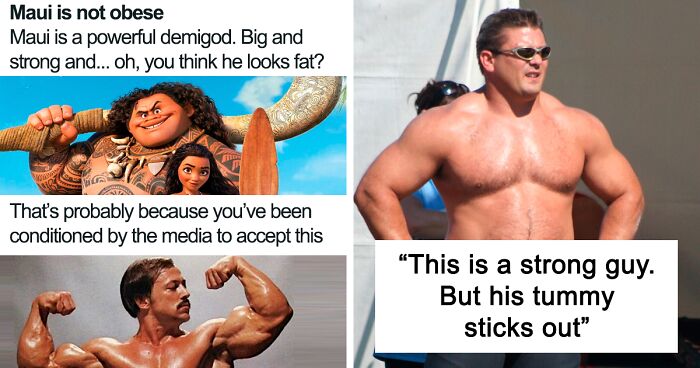
Sick Of People Calling Maui From Moana Obese, Tumblr User Explains What Male Strength Really Looks Like
On the initial release of the Disney film Moana back in 2016, a firestorm of criticism emerged. It wasn’t the movie, story or plot, but rather the depiction of a Polynesian character named Maui that received backlash.
One New Zealand MP said portraying Maui as obese was “not acceptable.” Others claimed he looked like “half pig, half hippo,” while some even claimed that children might get the wrong message about their bodies after seeing the film.
Fast forward to today, and the debate has reemerged. But this time, people are on the side of Maui, saying just because we’re not used to seeing bodies like his, it doesn’t mean he is “fat.” Someone has also penned an eye-opening post debunking our perception of the male body that’s shown as strong on the screen.
According to them, Maui is a great example of function vs form that gives him power and strength. Let’s see the whole post right below and be sure to share your thoughts in the comments!
Disney’s portrayal of the character Maui in Moana has received criticism from people claiming he looks obese and spreads the wrong message
Image credits: Eliota Fuimaono-Sapolu
Image credits: Eliota_Sapolu
Bored Panda reached out to Michel Mulipola, a Samoan comic book artist and professional wrestler from Auckland, New Zealand who shared some insights on the debate and confirmed that Maui’s critics are fed by unattainable beauty standards we often see in movies.
“The critics calling Maui obese and unhealthy have been fed the impossible beauty standards that are portrayed in the media. For women – it’s the thin, lithe supermodel figure. For men – it’s the muscle definition and figure of a bodybuilder.”
“What they don’t understand is that the bodybuilder figure is built for show,” Michel said and continued, “while strong in lifting weights, it’s usually not functional for overall movement and regular lifting.”
Image credits: RomonosNZ
Image credits: APFML27
Image credits: Mikearice
Michel, who’s a professional Samoan wrestler himself, suggested taking a look at the World’s Strongest Man competitions. “All the competitors are barrel-chested, have a bit of a gut but can lift a tonne of various-shaped items.”
Therefore, “Maui reflects the powerlifting/World’s Strongest Man body type rather than that of a bodybuilder,” he said and added that “Ridiculous body standards perpetuated by the media affect both men and women.”
“In terms of exhibiting functional strength, Moana’s Maui represents a more modern version of a Polynesian male which I believe is where a lot of the inspiration for his design comes from, particularly Dwayne ‘The Rock’ Johnson’s grandfather, ‘The High Chief’ Fānene Peter Maivia.”
But someone has penned this illuminating post to defend Maui and explain why he is indeed a very strong and powerful character
However, Michel explained that in the pre-colonial days, Polynesian men weren’t built like Moana’s Maui (apart from the odd outlier) and said that he can understand the criticism from Polynesian people.
“With obesity, diabetes, and other associated health problems so prevalent in Polynesian communities today, I also understand Polynesians’ concerns with negative stereotypes and portrayals of our people,” he said.
The author explained that essentially, there’s a difference in body types that are built for form and function
Image credits: rosworms
As for Michel himself, the only issue he has with Maui’s design isn’t his body shape, it is in fact, his nose. “I hate the shape and design of it. It just doesn’t look quite right in my eyes,” he said.
“At the end of the day, Maui, Moana et al is an art and as an artist, I understand that once you put your art out into the world, it is no longer within your power on how people will perceive your art. People are gonna love/hate what they’re gonna love/hate,” Michel concluded.
And this is what people had to comment on the debate
Most depictions of male 'fitness' in Hollywood rely on men dehydrating themselves and starving themselves for a day or so to increase muscle definition. Bodybuilders and men who look like that on film don't actually look like that because they would literally start dying if they kept it up for more than a few days. And you can't pull islands up from the seafloor if you're hungry and dehydrated.
Hugh Jackman as Wolverine is a great study in how f-ed up this is. First of all, compare him in the first X-men to the last Wolverine movie (not Logan) - even though he's muscular in the first film, he looks tiny compared to the ridiculously ripped and shredded 'comic book come to life' of the last one. Plus, when shooting his shirtless scenes for the later ones, he didn't drink water for 36 hours prior to shooting - a DAY AND A HALF without water. That's not 'unhealthy' in a general sense, it's 'unhealthy' in a very acute sense of 'you could actually damage yourself doing that.'
Load More Replies...How do people look at him and see 'fat'? All I see, is honestly muscle and tattoos. The only difference is he doesn't have a 6 pack!
Really? All I see is a physically improbably body type...I guess it's fitting since this is a CARTOON representation of an IMAGINARY being.
Load More Replies...Most depictions of male 'fitness' in Hollywood rely on men dehydrating themselves and starving themselves for a day or so to increase muscle definition. Bodybuilders and men who look like that on film don't actually look like that because they would literally start dying if they kept it up for more than a few days. And you can't pull islands up from the seafloor if you're hungry and dehydrated.
Hugh Jackman as Wolverine is a great study in how f-ed up this is. First of all, compare him in the first X-men to the last Wolverine movie (not Logan) - even though he's muscular in the first film, he looks tiny compared to the ridiculously ripped and shredded 'comic book come to life' of the last one. Plus, when shooting his shirtless scenes for the later ones, he didn't drink water for 36 hours prior to shooting - a DAY AND A HALF without water. That's not 'unhealthy' in a general sense, it's 'unhealthy' in a very acute sense of 'you could actually damage yourself doing that.'
Load More Replies...How do people look at him and see 'fat'? All I see, is honestly muscle and tattoos. The only difference is he doesn't have a 6 pack!
Really? All I see is a physically improbably body type...I guess it's fitting since this is a CARTOON representation of an IMAGINARY being.
Load More Replies...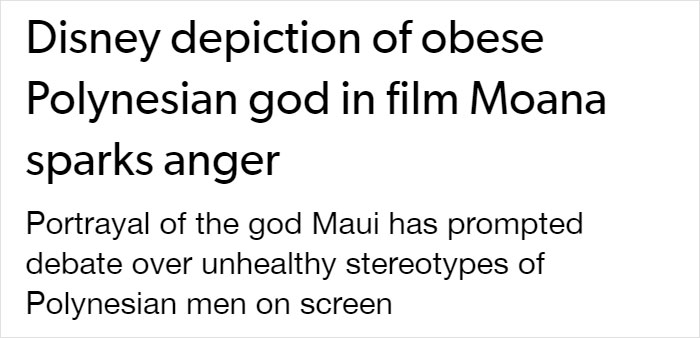
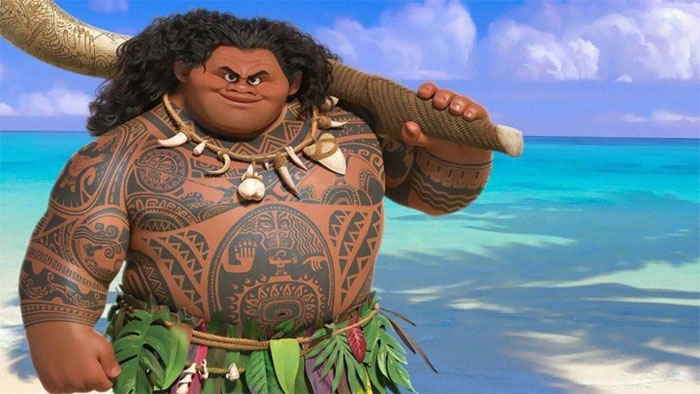
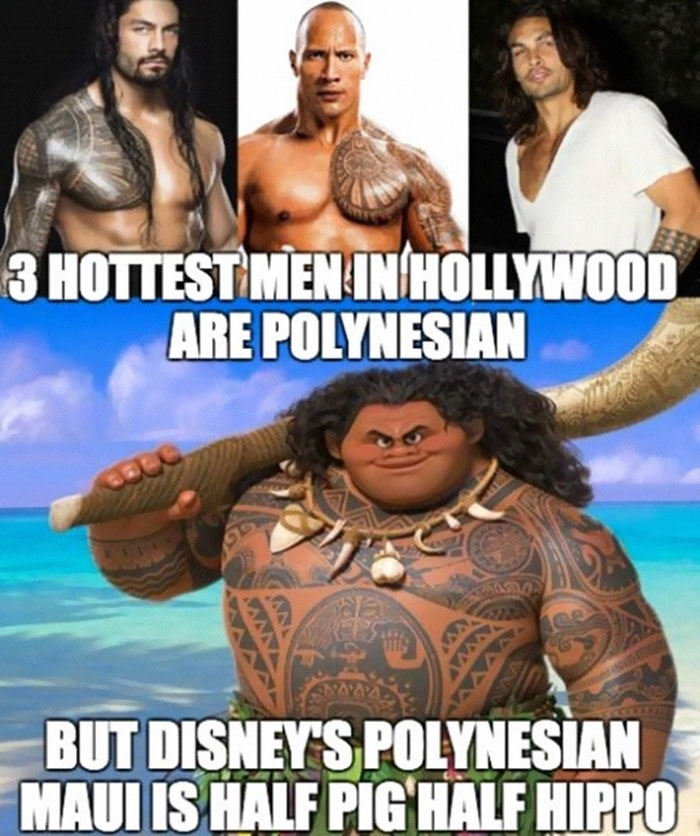
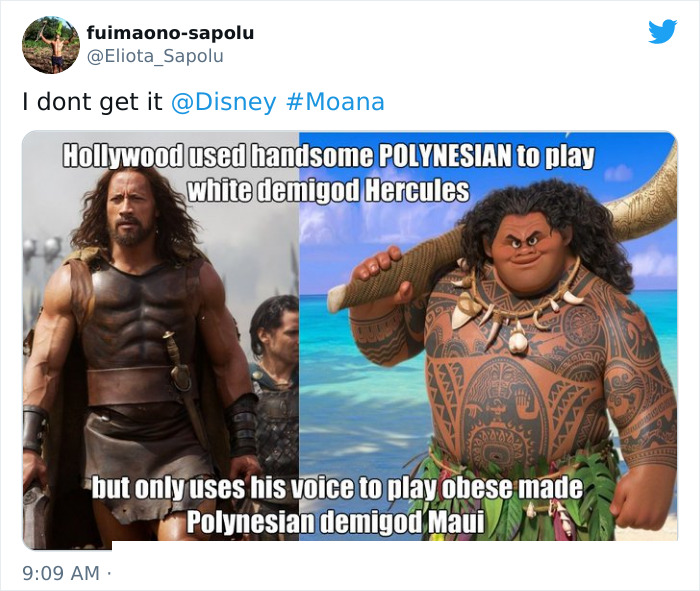

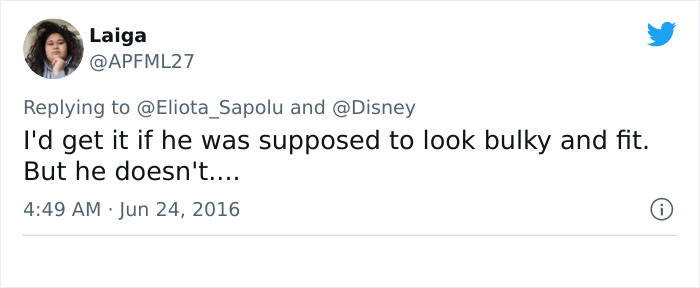
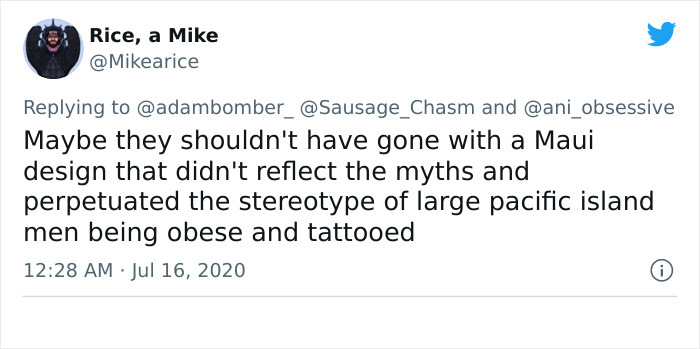

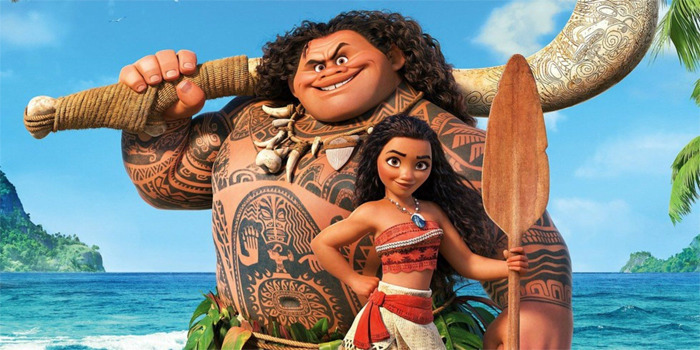

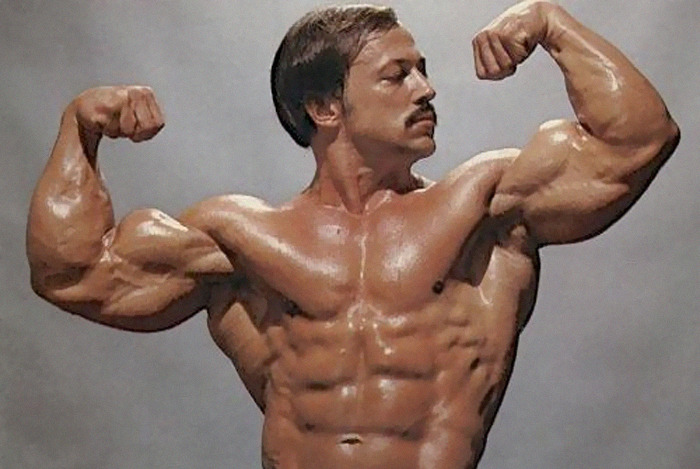
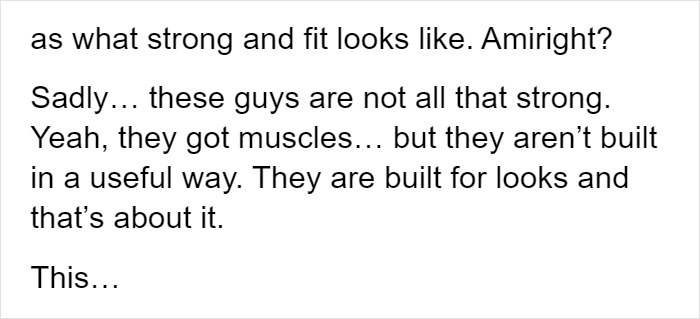
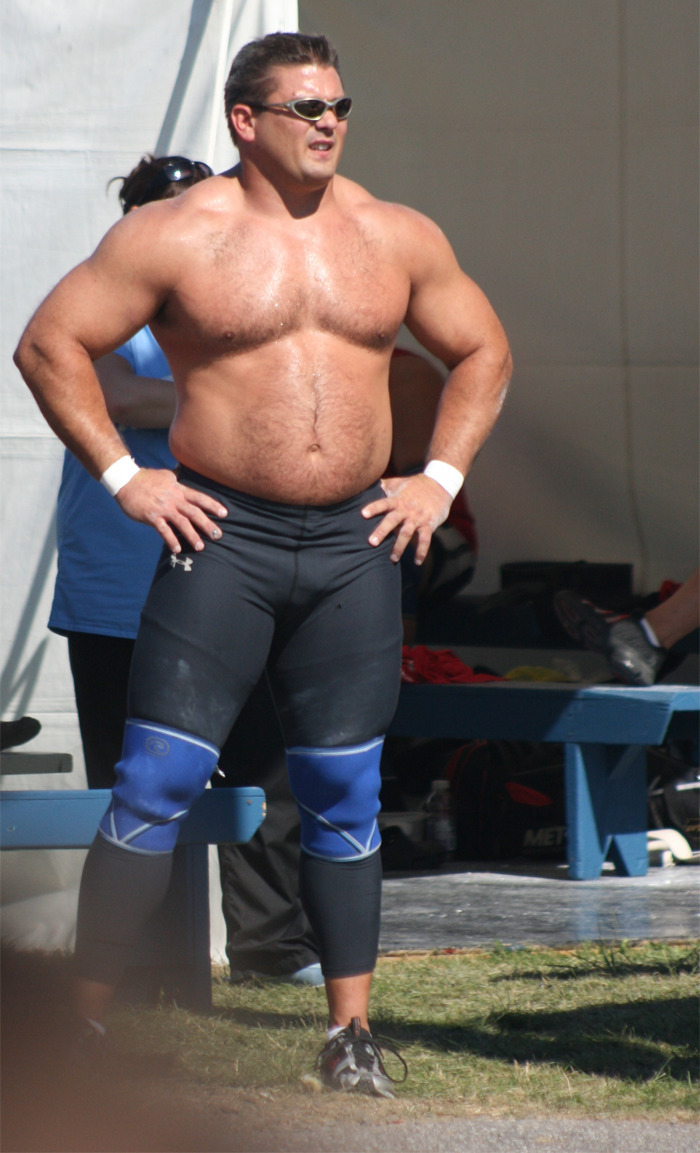

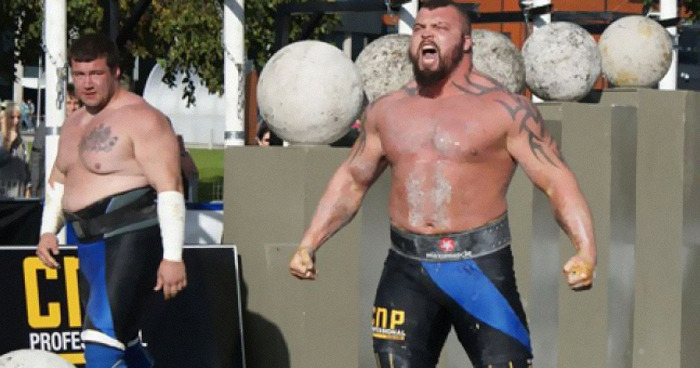

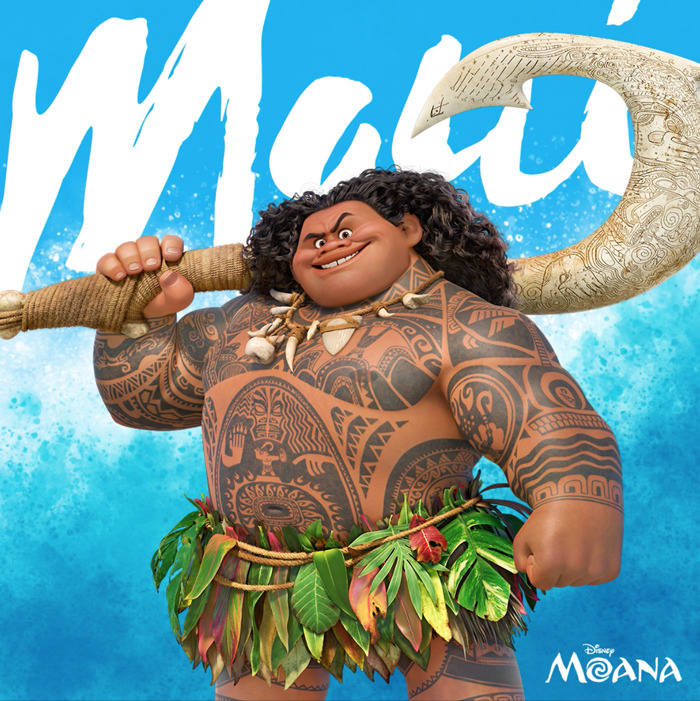

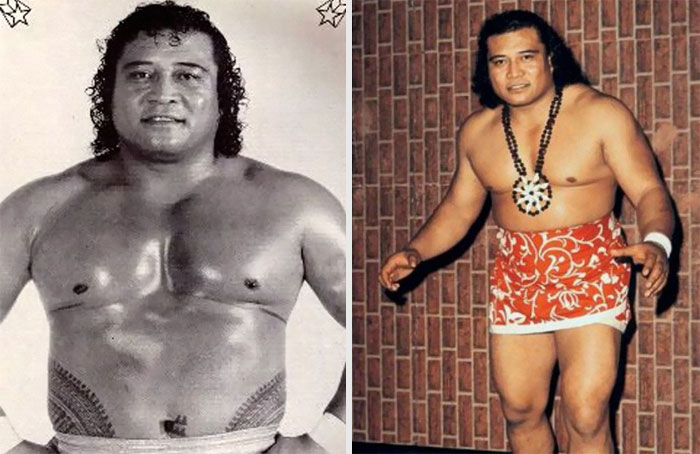


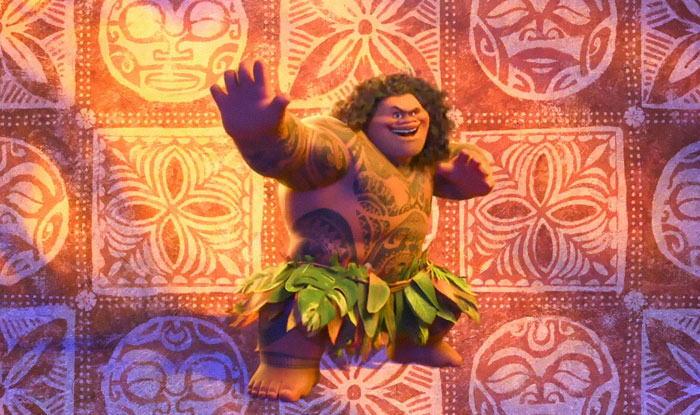
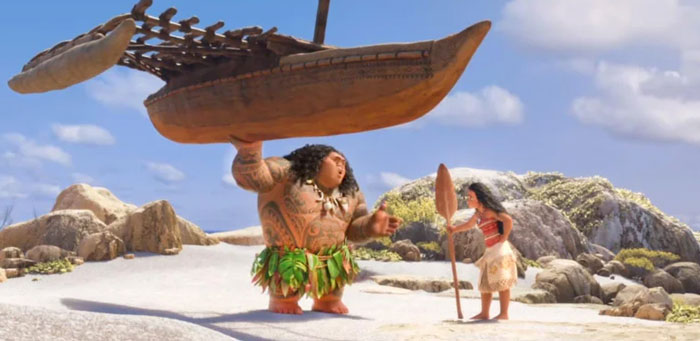
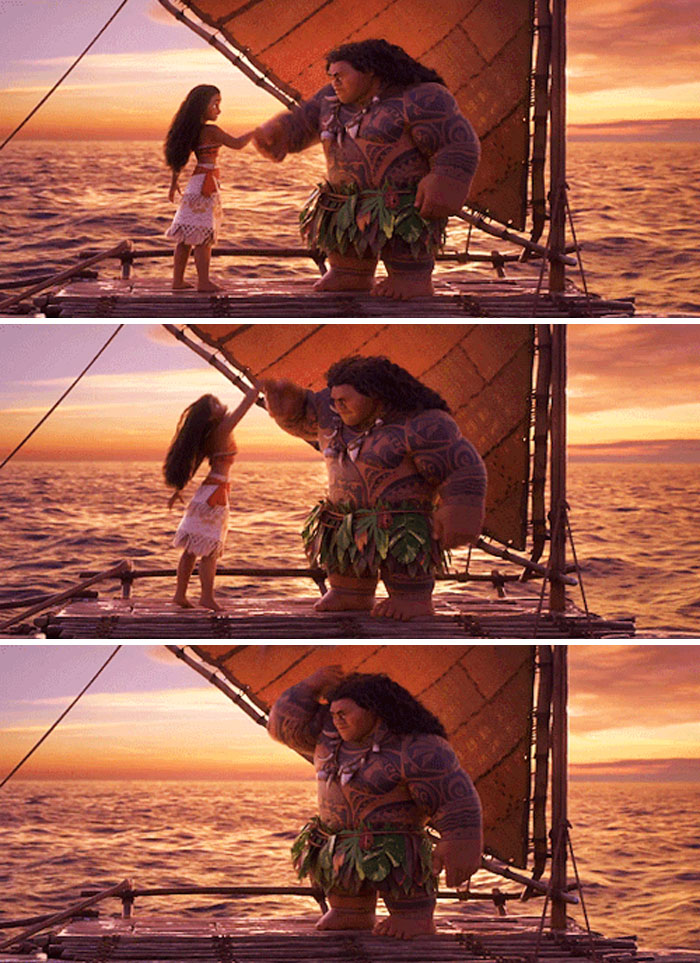
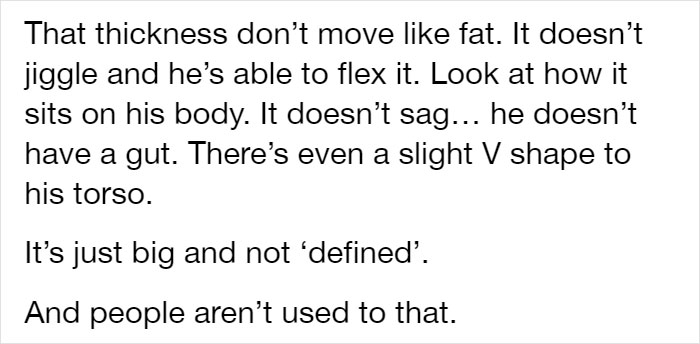












223
76